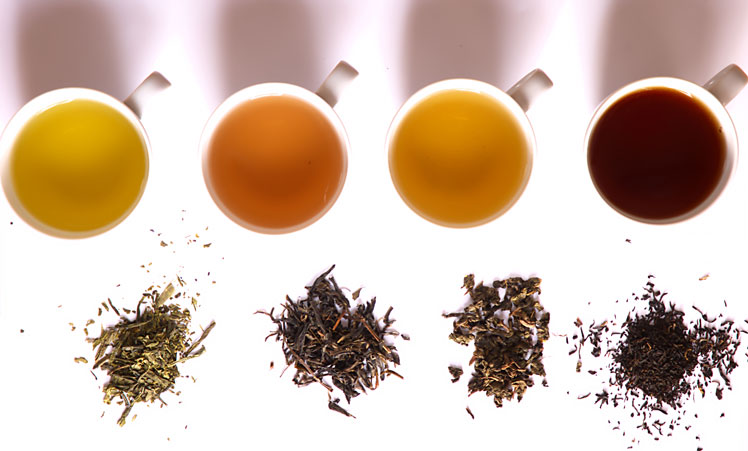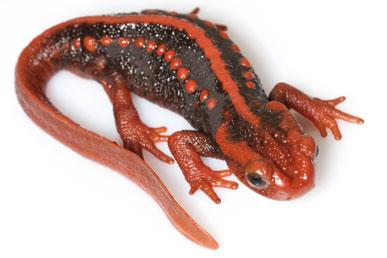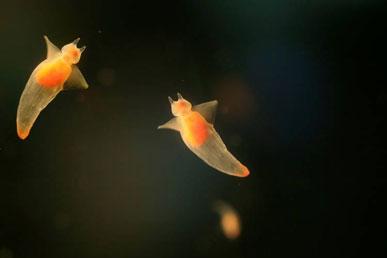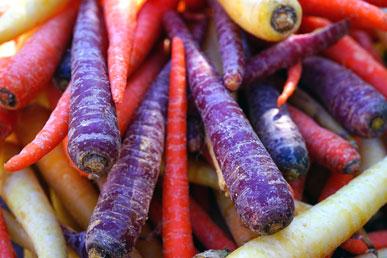
pixabay.com
Let's start with terminology. Tea is a drink obtained by boiling, brewing and/or infusing tea leaves, which are previously prepared in a special way. Tea is also called the leaf of the tea bush itself, processed and prepared for making a drink. Sometimes the word "tea" is also used as the name of the tea bush (a plant species of the Camellia genus of the Tea family).
In a broad sense, tea is any drink made by brewing pre-prepared plant material. In the names of such drinks, the word "tea" is usually accompanied by an explanation characterizing the raw materials used ("herbal tea", "berry tea", "fruit tea" and so on).
Tea was originally used as a medicine. Its use as a drink became widespread during the Chinese Tang Dynasty (618–907 AD). It was in China that tea was first consumed, and it is from the Chinese name for tea (“te” in southern dialects, “cha” in northern dialects) that the names of tea in different languages \u200b\u200bare derived, and the choice of northern or southern pronunciation indicates the predominant method of tea delivery: respectively, by land or by sea.
In the middle of the 17th century, the Portuguese, the Dutch and the British began to carry tea from China to Europe. Initially, the tea became known as a medicinal drink, but as the decades passed, it was taken for pure enjoyment.
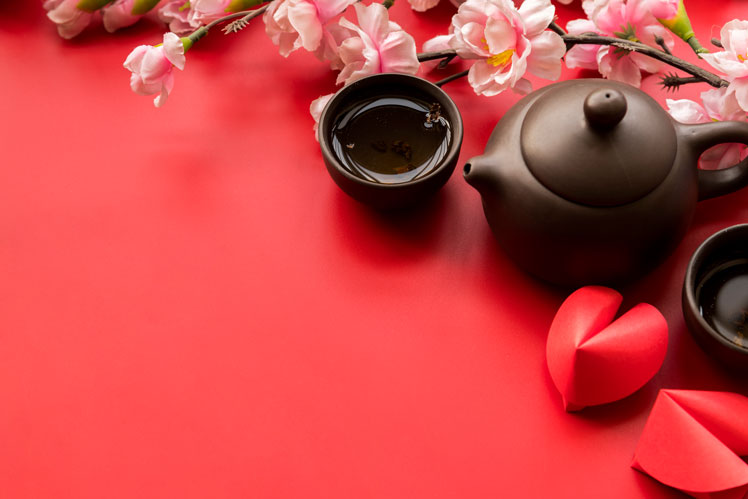
Winter photo created by freepik – www.freepik.com
Cultivation and collection
The raw material for making tea is the leaves of the tea bush, which is grown in large quantities on special plantations. For the growth of this plant, a warm climate with a sufficient amount of moisture that does not stagnate at the roots is necessary. Most tea plantations are located on mountain slopes in areas with a tropical or subtropical climate.
In China, India and Africa, where the largest share of tea is produced, the collection is carried out up to four times a year. The teas of the first two harvests are most valued. The northern border of the territory where tea cultivation is economically justified runs approximately at the latitude of the former southern Soviet republics (Azerbaijan, Georgia) or the Krasnodar Territory of Russia. In higher latitudes, the tea bush can still grow, but it is unprofitable to cultivate it for the purpose of harvesting tea.
The tea leaves are picked and sorted by hand:
-
for teas of the highest grade category, unblown or blossoming buds and the youngest leaves are used, only the first or second flush (the first or second group of leaves on the shoot, counting from the end);
more "coarse" teas are made from mature leaves.
The work of pickers is quite hard and monotonous: the ratio of the mass of finished black tea and raw leaf is about ¼, that is, it takes four kilograms of leaf to make a kilogram of tea. The production rate for pickers is 30-35 kg of leaves per day, despite the fact that it is necessary to comply with quality standards and take only the necessary leaves from the bushes.
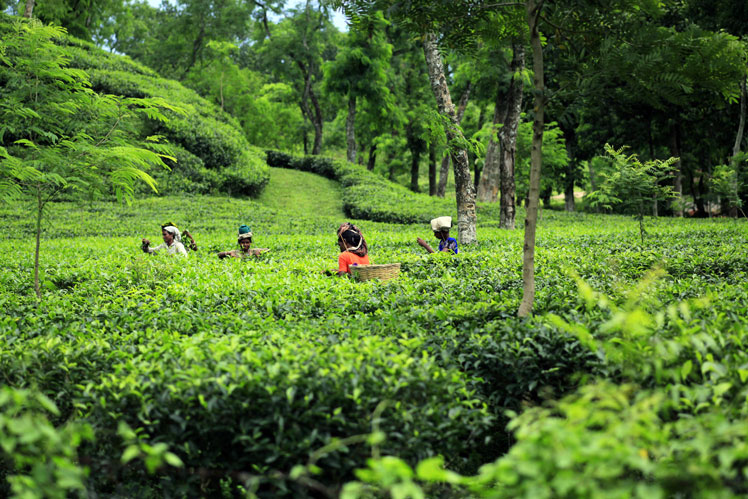
pixabay.com

wikipedia.org
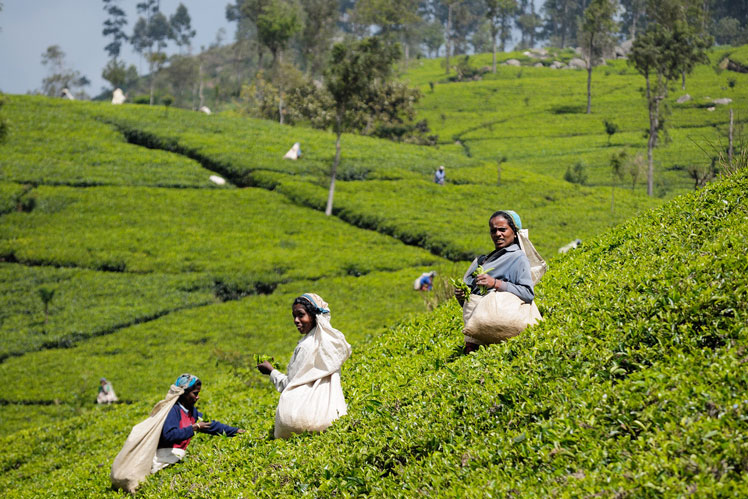
wikipedia.org

wikipedia.org
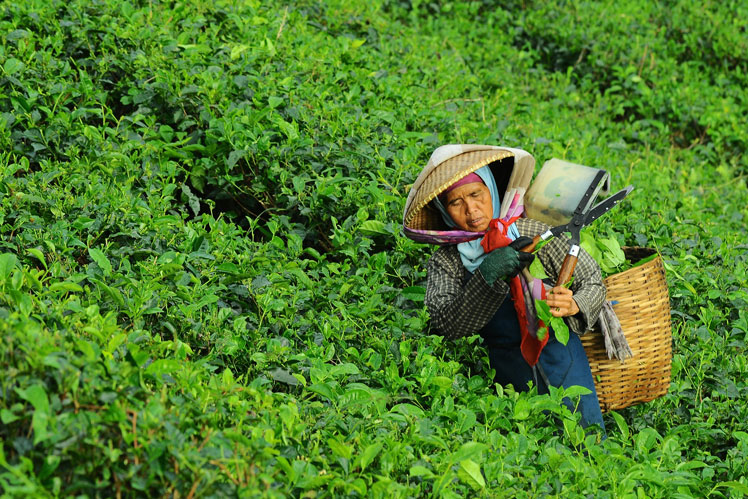
pixabay.com
Raw materials for high-grade teas often grow on small plantations (of about 0,5 hectares) located scattered on mountain slopes, so that the need to move from one plantation to another is added to the assembly of the leaf.
Modern industrial plantations tend to be large enough to ensure continuity of picking and increase productivity, and the leaf harvested from these plantations is used for mass-produced tea.
The need for manual picking limits the possibilities of tea cultivation: it makes sense only in regions with a sufficiently high productivity and a sufficiently low cost of manual labor of pickers.

pixabay.com
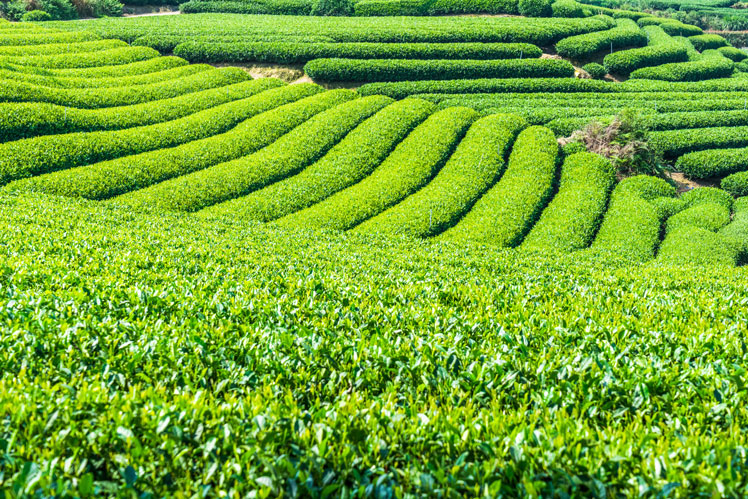
Background photo created by fanjianhua – www.freepik.com
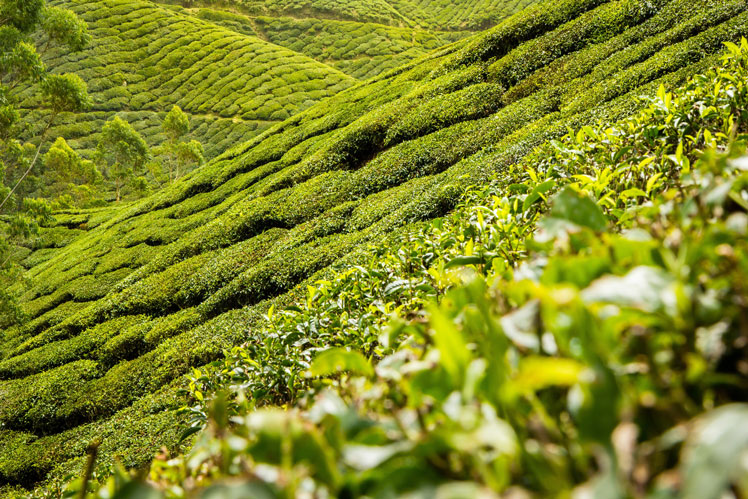
pixabay.com
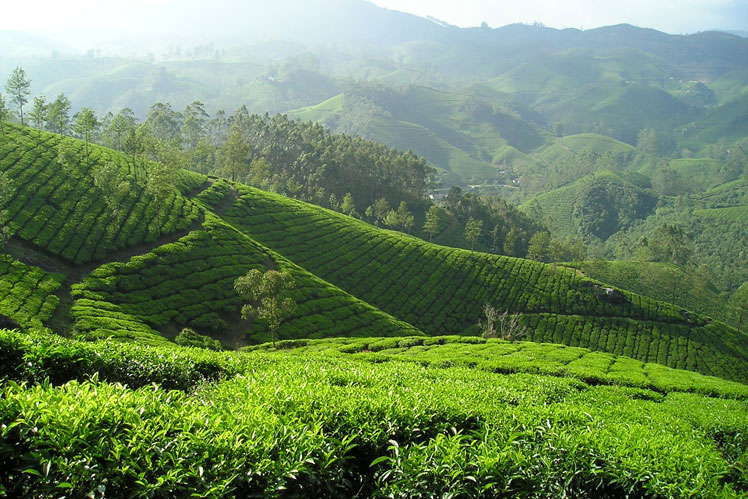
pixabay.com

pixabay.com
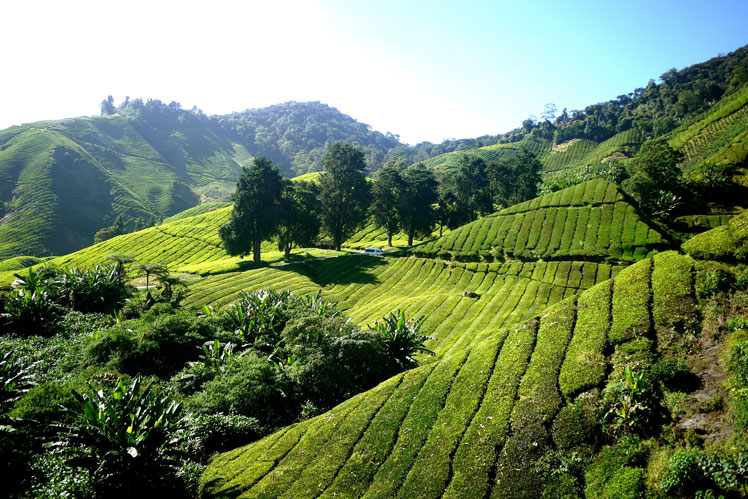
pixabay.com
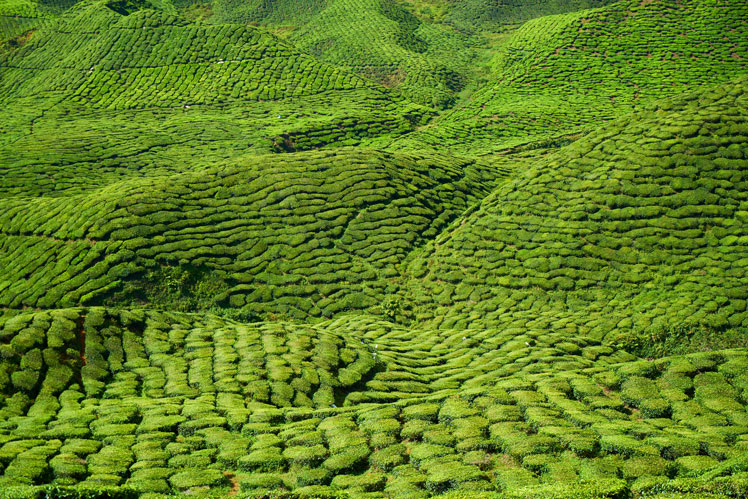
pixabay.com
It is possible to grow tea in an ordinary apartment.
After harvesting, the tea leaf is processed in a special way.
Tea processing
Making tea from the leaf of a tea bush usually involves the following steps:
- leaf drying at a temperature of 32–40 °C for 4–8 hours, during which the tea leaf loses some of its moisture and softens;
- repeated twisting by hand or on rollers, in which part of the juice is released;
- enzymatic oxidation, commonly referred to as fermentation, which breaks down the starch in the leaf into sugars and the chlorophyll into tannins. During fermentation, catechins are converted to theaflavin and thearubigins, which are orange and brown;
- drying at a temperature of 90-95 °C for black tea and 105 °C for green tea, which stops oxidation and reduces the moisture content of tea to 3-5%;
- cutting (except for whole-leaf teas);
- sorting by the size of tea leaves;
- possible additional processing and addition of additives;
- packaging.

pixabay.com
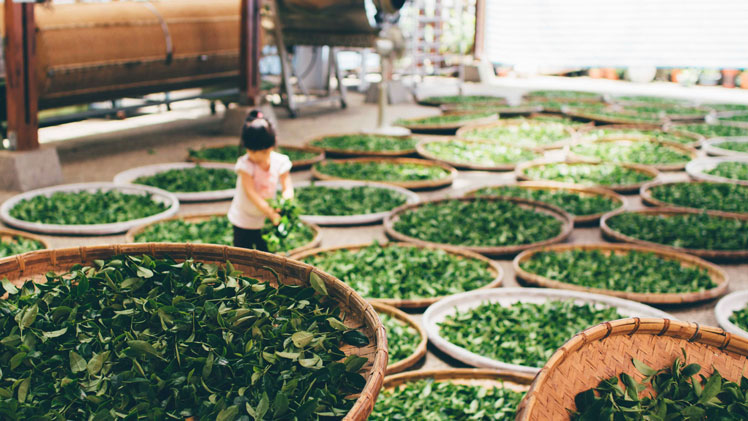
pixabay.com
Classification of teas according to the degree of oxidation
The appearance, aroma, taste of the infusion and other characteristics of tea are largely determined by how long and in what mode the enzymatic oxidation of the tea leaf is carried out before final drying.
The classification of teas according to the degree of oxidation is ambiguous, since the Chinese terminology is somewhat different from that used in Europe and America.
There are two main categories of tea, depending on the degree of oxidation:
-
Green tea – non-oxidized or slightly oxidized (it has the name "green" in all classifications). The leaves are pre-fixed with steam at a temperature of 170-180 °C (but not necessary). Oxidation is either not carried out at all, or lasts no more than two days, after which it is forcibly stopped by heating: (traditionally in pots, as is customary in China, or under steam, as is customary in Japan). Tea is oxidized by 3-12%.
In dry form, such tea has a green color (from light green to dark green, depending on the characteristics of manufacture), the tea infusion is of a dull yellowish or greenish color, a “herbal” note is clearly distinguished in the aroma (it may be similar to the smell of dry hay), the taste is tart, it can be slightly sweet (but not bitter – only low-quality or incorrectly brewed, in particular, over-aged green teas, are bitter).

















